-
Harinxmastate

Beetsterzwaag
from your location
-
Tourist Information Sneek
Tourist Information Sneek
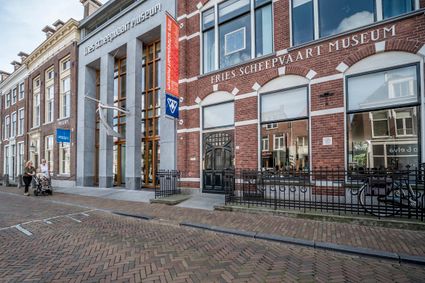
Sneek
from your location
-
Nicolaaskerk Nijland
Nicolaaskerk Nijland
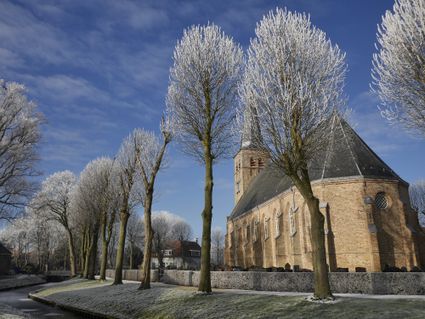
Nijland
from your location
-
E-bike oplaadpunt- IJsboerderij Boereiis
E-bike oplaadpunt- IJsboerderij Boereiis
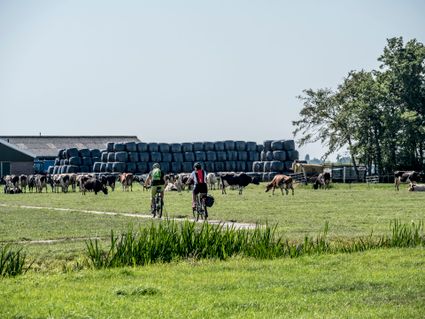
Akkrum
from your location
-
FrieWheelers Stavoren
FrieWheelers Stavoren
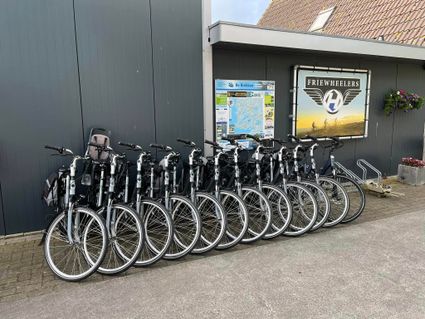
Stavoren
from your location
-
Hoofdstraat Oost 47
Hoofdstraat Oost 47
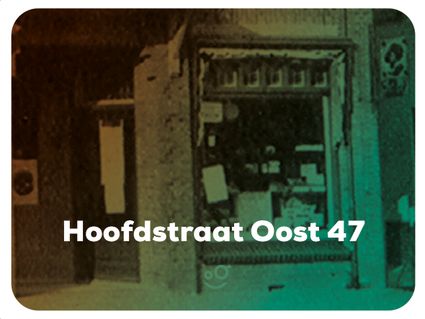
Wolvega
from your location
-
De Klassieke Rederij
De Klassieke Rederij
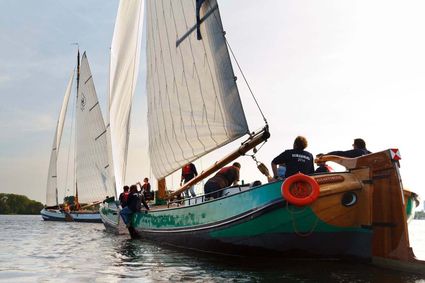
Gaastmeer
from your location
-
Karmelkerk Woudsend
Karmelkerk Woudsend
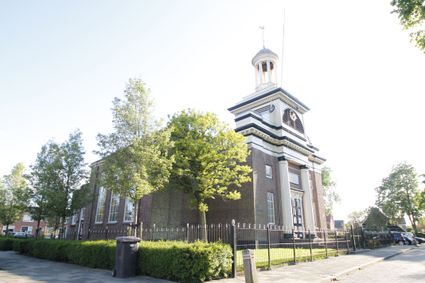
Woudsend
from your location
-
Yn't Paradyske
Yn't Paradyske
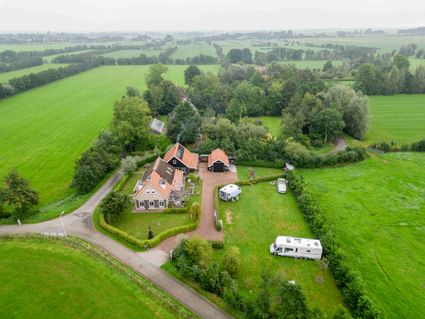
Kollum
from your location
-
De Scheper
De Scheper
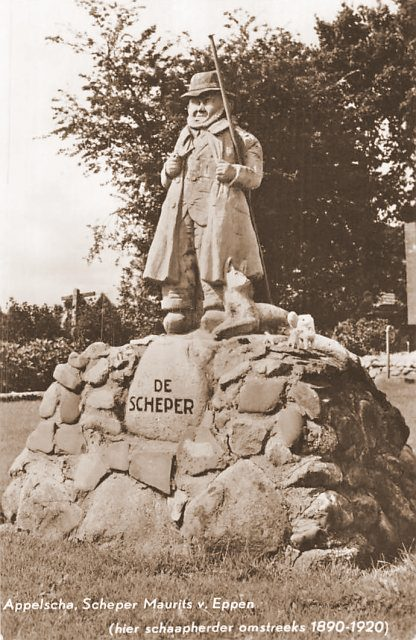
Appelscha
from your location
-
Keermuur Willemshaven - Gedichtenroute
Keermuur Willemshaven - Gedichtenroute
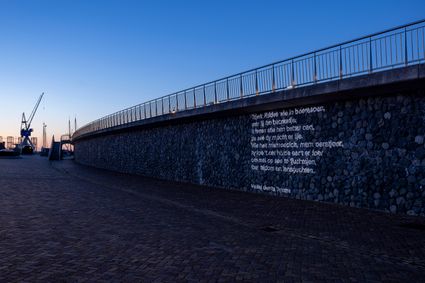
Harlingen
from your location
-
Walvisfontein
Walvisfontein
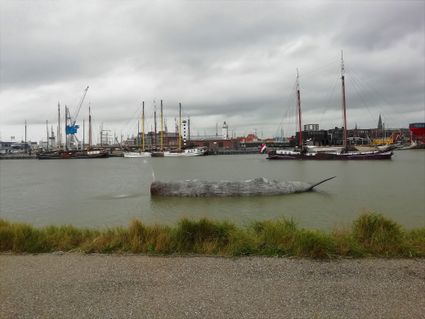
Harlingen
from your location
-
Sint-Vituskerk Wyns
Sint-Vituskerk Wyns

Wyns
from your location
-
Het Witte Meer

Beetsterzwaag
from your location
-
Landal Waterpark Sneekermeer
Landal Waterpark Sneekermeer
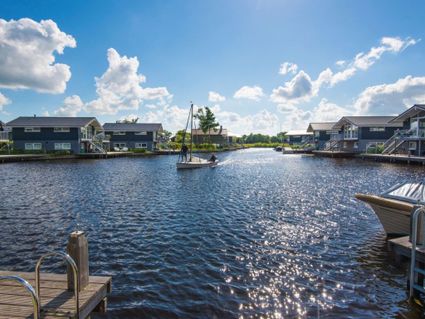
Terherne
from your location
-
De Kaai corn mill
De Kaai corn mill
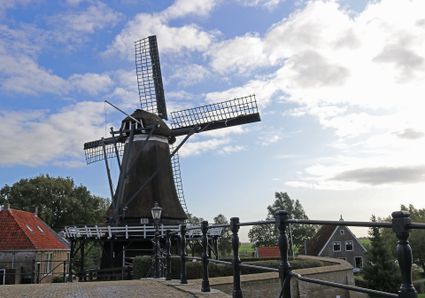
Sloten FR
from your location
-
De Watersport Heeg
De Watersport Heeg
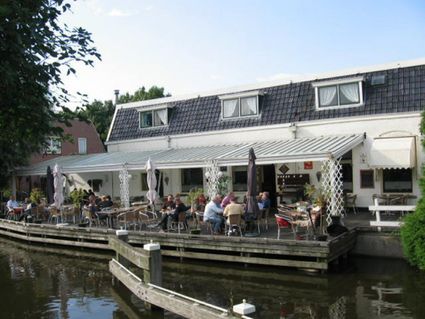
Heeg
from your location
-
Veerpont Oldelamer
Veerpont Oldelamer

Rotstergaast
from your location
-
Pingjum
Pingjum
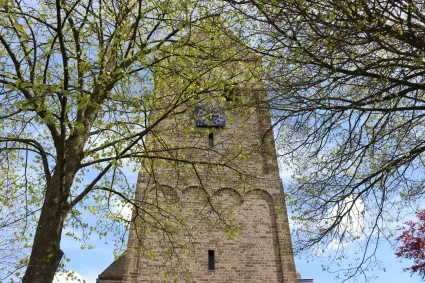
Pingjum
from your location
-
Vuurtoren Brandaris
Vuurtoren Brandaris

West-Terschelling
from your location
-
Zwettebos
Zwettebos
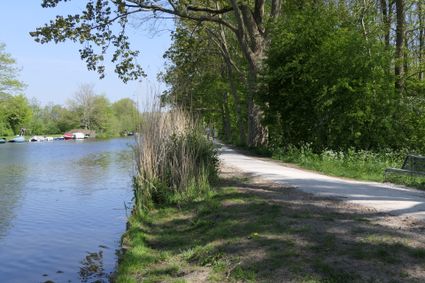
Loënga
from your location
-
Golfbaan Gaasterland
Golfbaan Gaasterland
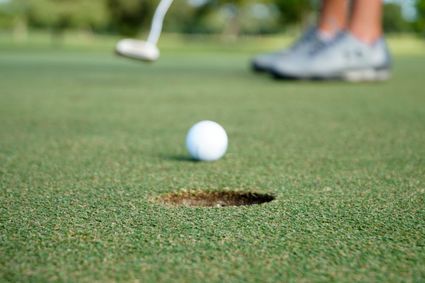
Oudemirdum
from your location
-
it Dreamlân holiday home
it Dreamlân holiday home
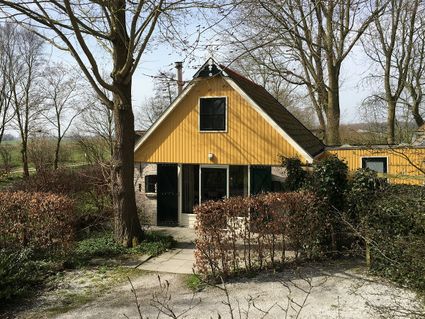
Kollumerpomp
Direct boekbaar
from your location
-
Yachtcharter De Drait Woudsend
Yachtcharter De Drait Woudsend
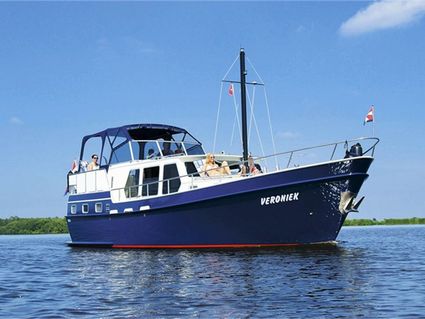
Woudsend
Direct boekbaar
from your location